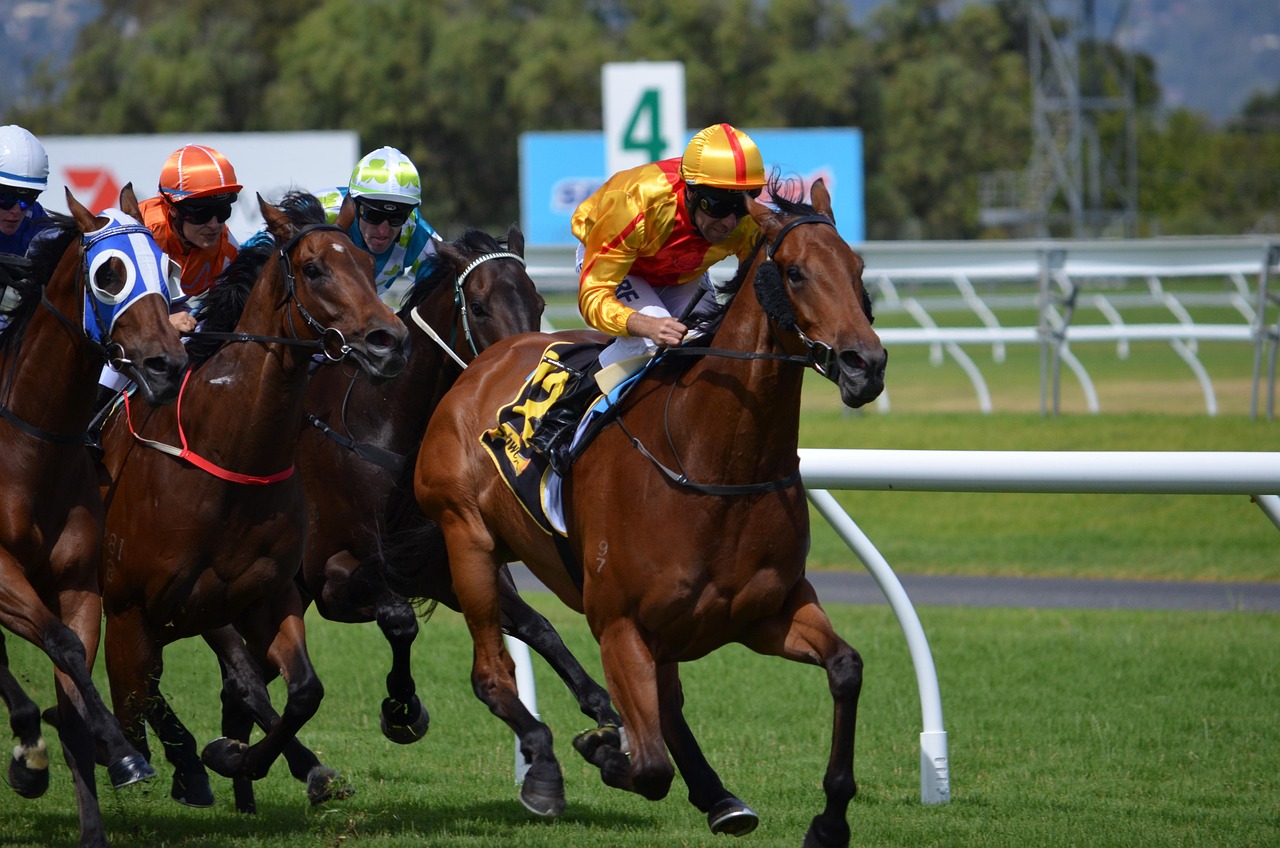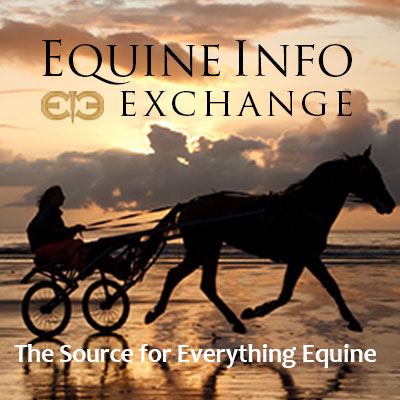
It’s long been held that the future health of the horse racing industry – and we mean globally – lies in the hands of engaging young people. That goes for both participating in the sport, ranging from training, becoming jockeys, and other areas of horse care to becoming lifelong fans. As to the latter, it’s seen as paramount for the sport’s finances. Younger fans taking an interest in racing is seen as key to its future prosperity.
Of course, none of this is exclusive to racing. If you go to any C-suite worldwide, executives will always say that appealing to youth is key to long-term prospects. For example, Luxury carmaker Jaguar recently ripped up its rulebook with a makeover designed to transform its image from an “old rich guy car” to something that appeals to Gen-Z. It wasn’t about selling Jaguars today – but ensuring that it has appeal ten or twenty years from now.
Social media is a key driver for horse racing.
Leaving that digression aside, racing authorities have a consensus that the appeal to young people goes beyond traditional areas like television broadcasting. The idea of digital engagement comes up again and again. Of course, many of us engage digitally with racing through areas like online horse betting, but the focus is on social media. Again, though every business strives to have a TikTok presence to appeal to Gen-Z, getting content on social media alone does not always move the dial.
It was interesting to see some of the literature coming out from the Kentucky Derby organizers on the topic. While it’s one of the world’s great horse races and has no problem selling tickets to young and old alike—and some might argue that looking at attendances at low-key events is a better barometer—it can provide a decent pulse check for how young people engage with the sport. Everything has been mooted, from VR experiences to additional on-site amenities.
There can be a sense, however, of overthinking. Gen-Z is not made up of tech-hungry robots, nor are they suddenly going to love horse racing because they can watch it through a VR headset. While we can generalize, studies show that young people love the concept of racing traditions and can have a keen interest in areas like horse welfare. Sometimes, it is about messaging, not creating new mediums to interact.
Australian racing benefits from direct engagement
Over in Australia, the racing industry is booming for various reasons. One thing that can attract young people is direct fan engagement. An example is the All-Star Mile, a high-value horse race for which fans vote on the entrants. It’s a giant race – with an AUD 5 million purse – and the public directly decides 10 of the 16 entrants. Of course, not all young people are voting, but you can appreciate how this builds a rapport with the public. Social media campaigns gather behind some candidates, building excitement leading up to the race.
Of course, nobody is saying that we should all start voting on the Kentucky Derby entrants or anything like that, but the All-Star Mile is a good example of a race that can connect with young people. The Australians also do a great job of promoting ‘extracurricular’ events around horse racing meetings. This ensures that the racing is but one element of a festival.
Nonetheless, plenty of green shoots suggest racing authorities and broadcasters are doing a fair job of bringing the next generation into the fold. In the UK, in March, the Cheltenham Festival (the biggest jumps racing event of the year) saw a third of its television audience for the Gold Cup made up of 18-—to 34-year-olds. That is certainly encouraging.
Ultimately, the most heartening aspect is that racing authorities have recognized that the push to engage young people is essential. None of the above is meant to suggest that the future of racing is in peril. Instead, it is a reminder that standing still is not an option. Racing will always feel extraordinary pressure as it vies for the attention of young people, trying to get a slice of the pie dominated by sports like football and entertainment like gaming. It’s holding its own thus far.
You can find more interesting stories in our section on Racing & Wagering.













